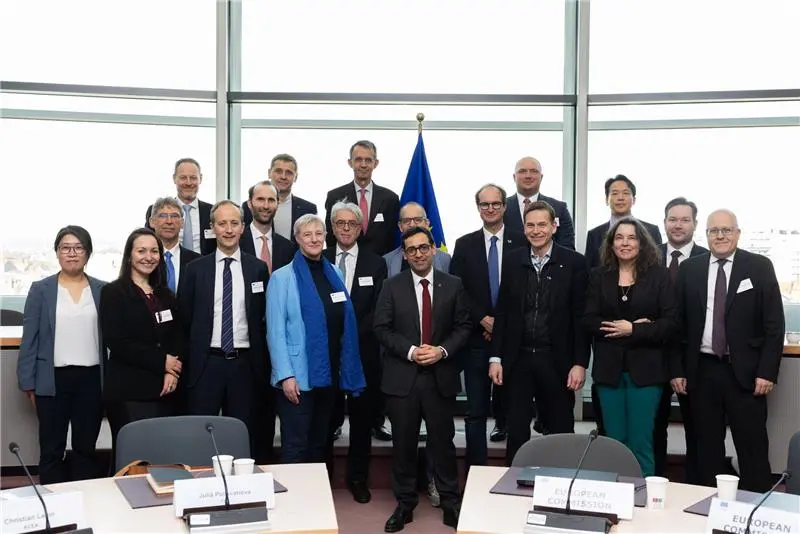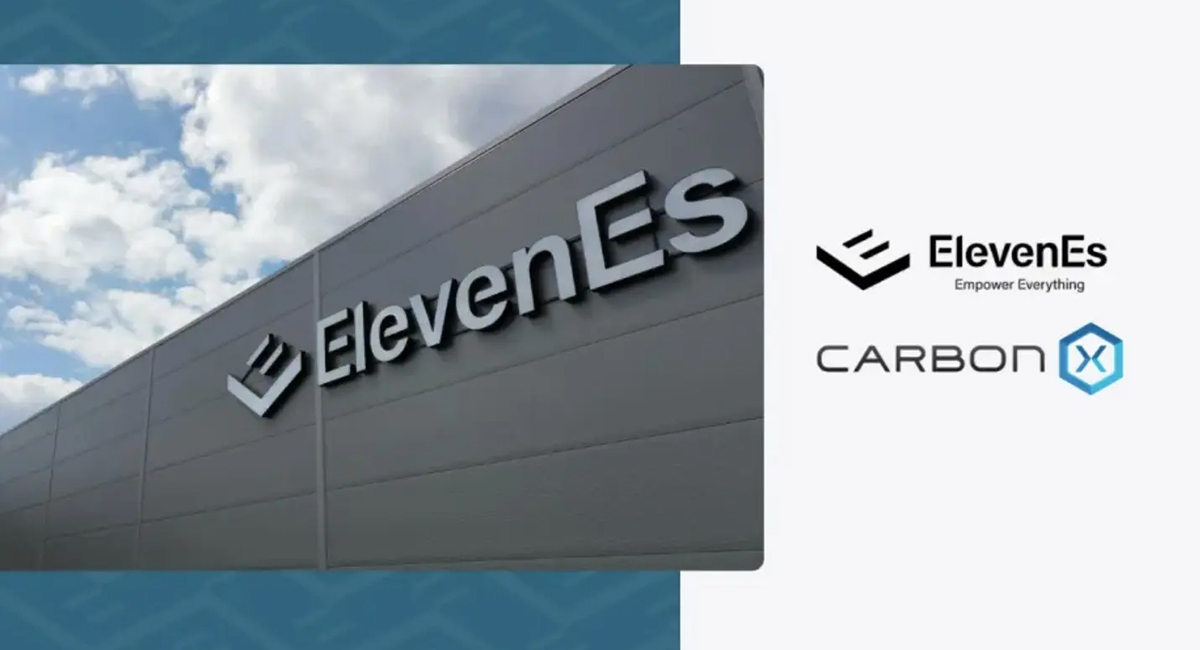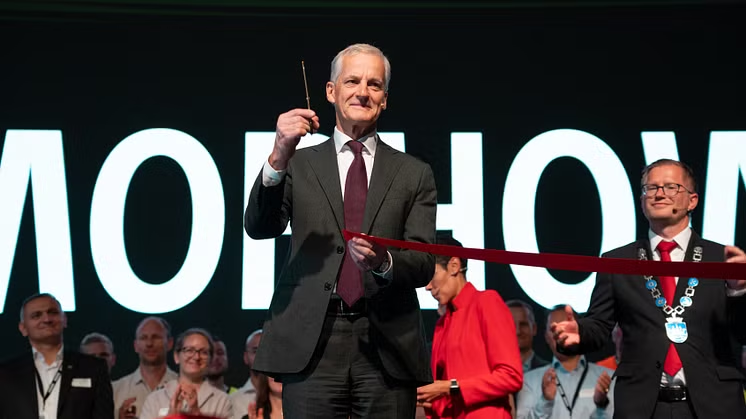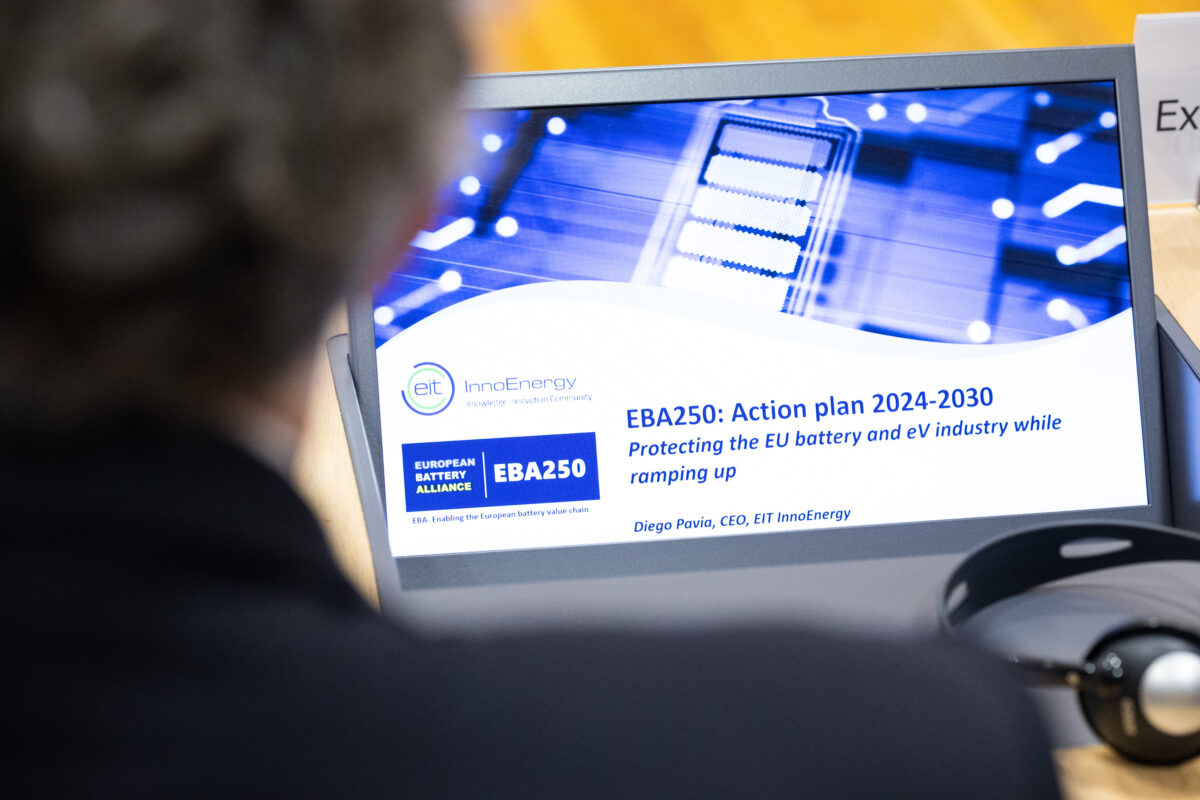
Aug 25, 2021
No rest for the European battery industry over summer – welcome back to a fully charged autumn!
EBA250 welcomes you back after the summer break. While we hope you enjoyed some days off relaxing and charging your batteries, Europe continued its path towards electrification and building its own battery ecosystem. Here is a short selection of what has happened over the past few weeks with relevance to the European battery industry.
Policy and legislation
On 14 July, the European Commission released the most comprehensive climate package ever, “Fit for 55”. The climate package is a coherent collection of political instruments and legislative proposals designed to ensure Europe’s carbon-neutrality by 2050. The package aims for a 55% reduction of greenhouse gas emissions by 2030 through interconnected policies including those targeting energy and transport. It is therefore highly relevant for batteries as a means for decarbonising the transport and power system.
Several of the 14 legislative initiatives directly aim at a transformation of the transport system, opening new possibilities for battery applications:
- To further reduce emissions, the Commission proposes to introduce a separate emissions trading system for fuel distribution for road transport and heating of buildings in the EU as part of the Revision of the EU ETS Directive (2021-2030).
- The Directive 2014/94/EU on the deployment of alternative fuels infrastructure (AFID) has now been changed into a proposal for a regulation. A report published on 08 March by the Commission to the European Parliament and the Council on the application of this directive highlighted indeed that despite an increased level of ambition, a comprehensive and complete network across EU was still lacking. The Alternative Fuels Infrastructure Regulation contains now clearer quantitative and mandatory requirements for Member States on the number of charging points. Requirements for charging points for heavy vehicles are also included. It is worth noting that the specifications for charging infrastructure are very detailed both on the total charging power/vehicle and the number of chargers. In addition to providing technological requirements, the proposal also aims at improving user-friendliness. As an example, it puts forward that it should be easier to pay with a credit card at public charging points. And not to forget the extensive evaluation that the AFIR proposal contains, including how many charging points are required in different countries, how much the public sector must contribute by 2030 and the costs to introduce the possibility of paying by card at public charging points.
- The amended Regulation setting CO2 emission standards for cars and vans also manifests EU’s updgraded ambition of lower emissions from the transport sector on how much carbon dioxide a new car should be allowed to emit after 2030. The proposal is to tighten the requirements by 2030 with a 55% reduction of average emission for new cars (compared to 2021 levels) and 50% for vans. The proposed 100% reduction target for the new fleet of cars and vans by 2035 would de facto translate into a ban on sales of new emitting vehicles after 2035.
- The ReFuelEU Aviation (Sustainable Aviation Fuels) Regulation recognises electric and hydrogen powered planes as future pathways to decarbonise the sector. However, no regulatory provisions have been foreseen as their market-readiness is still immature.
- The FuelEU Maritime (Sustainable Maritime Fuels) Regulation does not specify targets for specific fuels but provides a regulatory framework for decarbonising the shipping sector which potentially opens up new markets for hydrogen and batteries. Furthermore, both batteries and fuel cells are mentioned as one of the available sustainable technologies that have to be used for ships at berth as of 2035.
Electrification of the transport sector is also accelerating in other markets. The UK Government published an updated decarbonisation plan including all modes of domestic transport by 2050, now also including a ban for sales of commercial vehicles with combustion engines. Sales of new vehicles from 3.5 to 26 tonnes with internal combustion engines will be stopped by 2035. The stop date for internal combustion trucks over 26 tonnes is targeted for 2040. In the US, Biden issued an executive order in the beginning of August targeting 50% combined BEV, PHEV, FCEV sales share in 2030.
Market development
Three of Europe’s major OEM’s have released their strategies – all of them confirming their commitment to electrification.
Stellantis presented their electrification strategy on their EV Days in July including a global EV battery sourcing strategy of over 260GWh by 2030, supported by five “gigafactories” between Europe and North America. Their plans include dual battery chemistries: a high energy-density option and a nickel cobalt-free alternative by 2024; solid state battery technology introduction is planned in 2026.
Volkswagen launched its new mobility strategy called New Auto with a strong focus on the role of digitalisation and autonomous driving next to advancements in battery technologies and charging infrastructure.
Mercedes-Benz as part of the Daimler Group has confirmed its switch to electric mobility at an investor day in July. From 2025 onwards, all newly launched vehicle architectures will be electric-only and customers will be able to choose an all-electric alternative for every model produced. To support this shift Mercedes-Benz aims to install battery cell capacity of more than 200 GWh with partners and plans for eight cell factories. However, no further details on their location are given.
Those plans will not only further accelerate the growth of a European battery industry but also increase the pressure on access to sustainably sourced raw materials for this growing industry. This is partially reflected by recent investments in the supply chain that start to develop in Europe. An example is the announced investment of US$2.4 billion by Rio Tinto in its planned Jadar project in Serbia to produce, among other things, up to 58,000 tonnes of battery-grade lithium carbonate from 2026 onwards.
To conclude, we would like to underline that strengthening and diversifying the supply chains for the European battery industry with sustainably produced materials will be key to maintain those ambitious plans outlined above and EBA250 will continue to support the network in its various activities. Also, the content and implications of many of the proposals listed earlier in the article have been discussed as part of our EBA250 Virtual Meetups before the summer. The various proposals will now be negotiated with the Member States and the European Parliament, and we will follow the development closely. We welcome our EBA250 members to contact us should you like to highlight a certain topic as part of an upcoming EBA250 Virtual Meetup.
More EBA250 news
InnoEnergy, the driving force behind the EBA250 initiative, introduces today its new brand identity,…
The new EU-funded facility will enhance global raw materials partnerships and access to Critical…
Last week, InnoEnergy and EBA250 represented the battery value chain in Brussels alongside Verkor…
ElevenEs, a European LFP lithium-ion battery manufacturer, has signed a Joint Development Agreement with…
The European battery industry has come a long way since the launch of the…
The 2024 Innovation Fund calls for proposals have been launched this week, with a…
Altris, a pioneering Swedish developer of sodium-ion battery technology, has reached significant milestones that…
Last Friday, Morrow Batteries officially inaugurated the first giga-scale LFP (Lithium Iron Phosphate) cell…
On May 24, 2024, the 8th High-Level Meeting of the European Battery Alliance (EBA)…
Following the recent announcement from EVP Šefčovič on the need to support manufacturing of…









